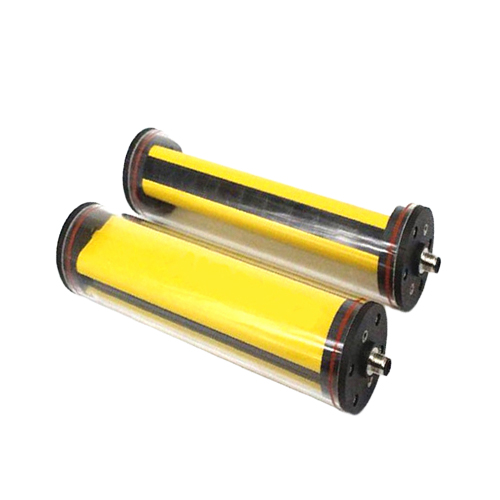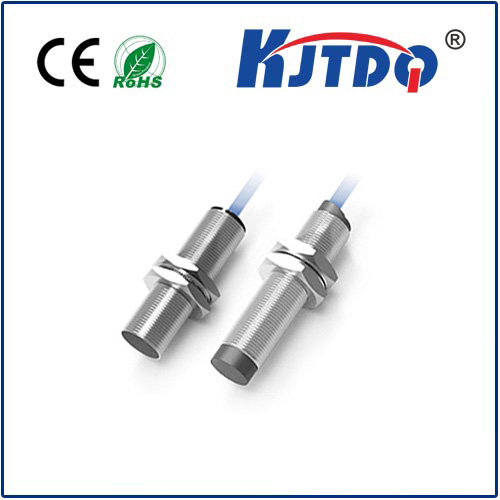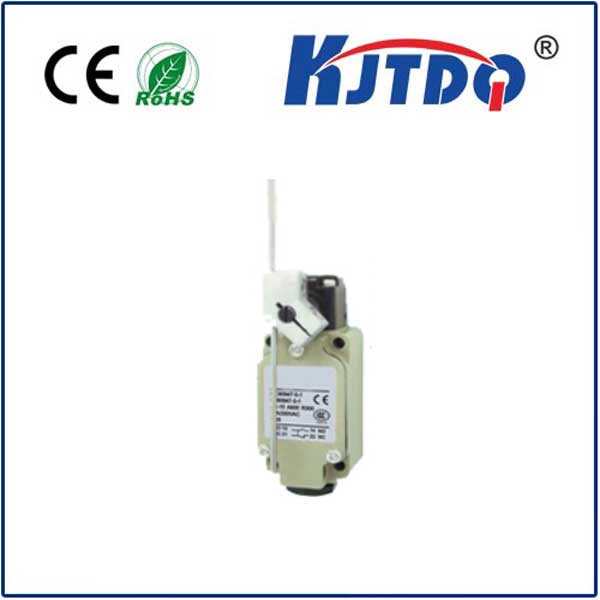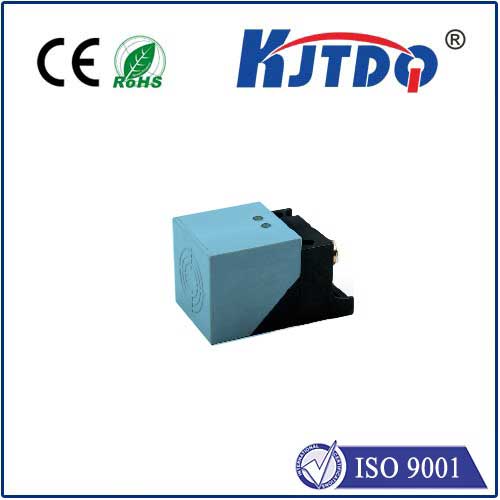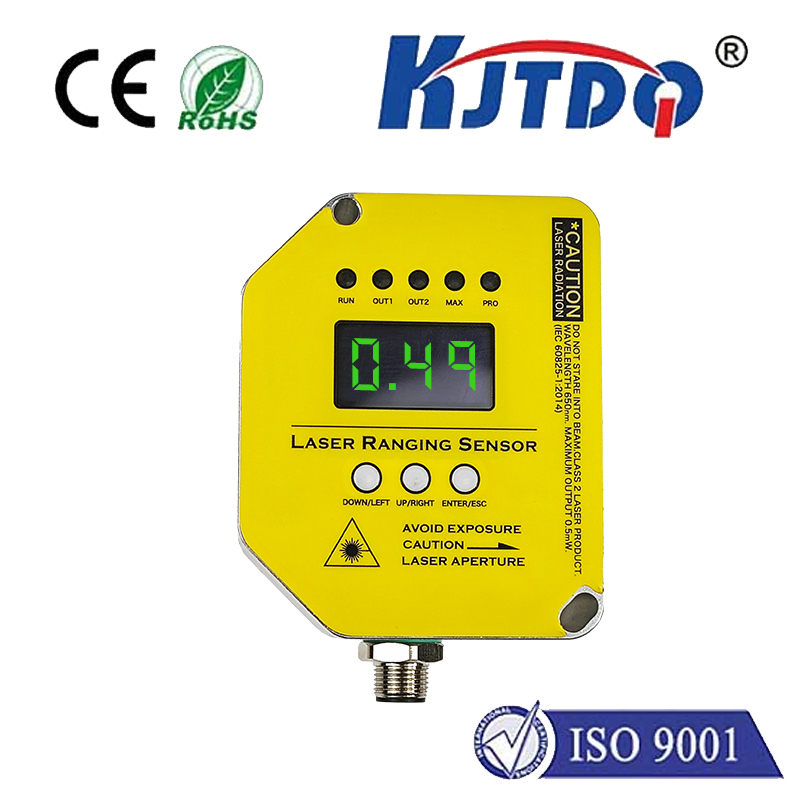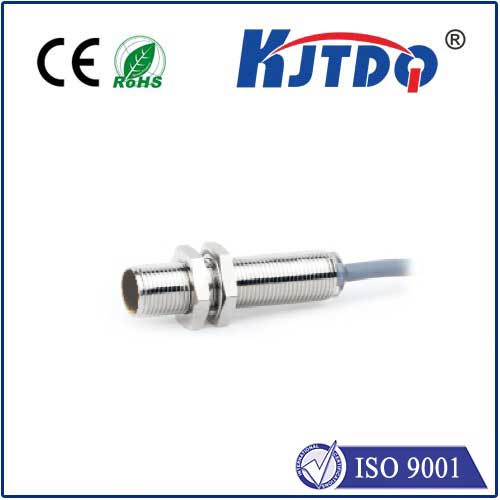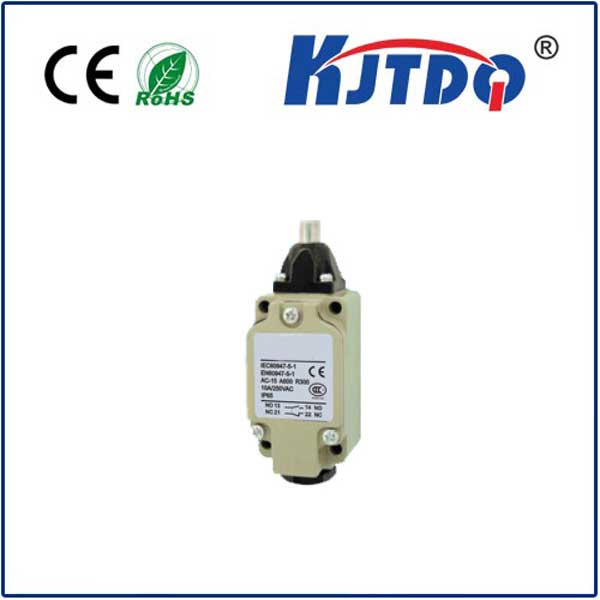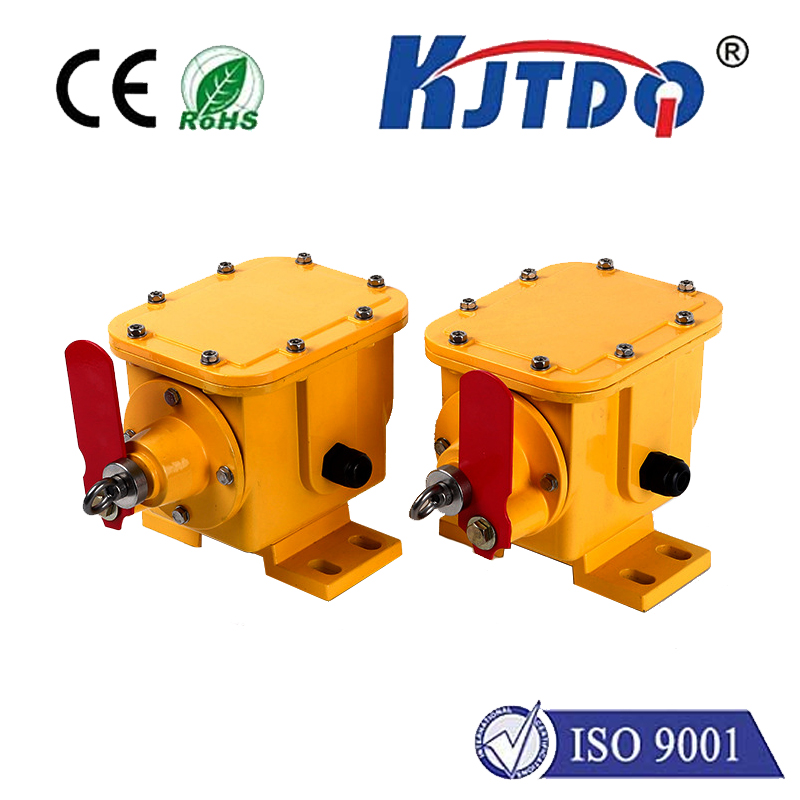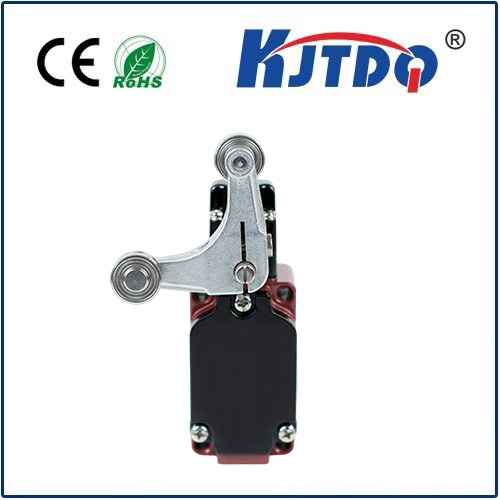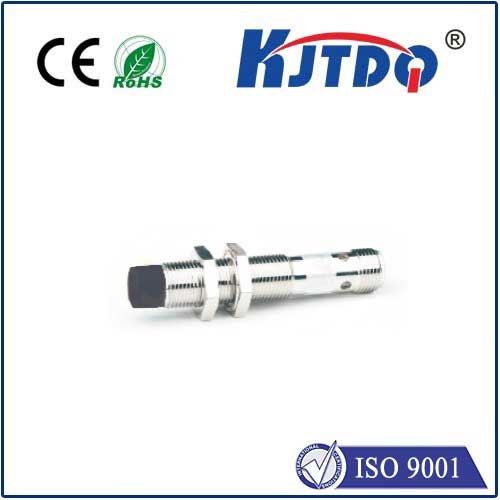

check

check

check

check
Imagine a critical piece of machinery operating under immense pressure. Hydraulic systems powering heavy equipment, presses shaping metal, or valves controlling aggressive fluids – environments where failure isn’t an option. Monitoring components within these high-pressure zones demands sensors that are not just accurate, but extraordinarily robust. This is where specialized devices like the BES00HM high-pressure proximity sensor step into the spotlight, offering reliable, non-contact detection where others might falter. Understanding its capabilities is key to enhancing safety, preventing downtime, and optimizing processes in demanding industrial settings.
Unpacking the Core: Proximity Sensing Under Pressure
At its heart, the BES00HM is an inductive proximity sensor. This technology excels in detecting the presence or absence of metallic objects (typically ferrous metals like steel or iron) without physical contact. It generates an electromagnetic field. When a metallic target enters this field, it induces eddy currents within the target, causing a detectable change in the sensor’s own oscillation. This change triggers the sensor’s output signal – a simple but incredibly reliable principle for position sensing, object counting, or speed monitoring.
The defining characteristic of the BES00HM, however, is its explicit designation as a high-pressure proximity sensor. This signifies that its design incorporates critical features to withstand significantly elevated ambient pressures surrounding its housing. Standard proximity sensors might perform well at atmospheric pressure but could suffer catastrophic failure or significant signal drift when subjected to the intense forces found inside pressurized vessels, hydraulic cylinders, or deep liquid applications. The BES00HM is engineered specifically to resist these forces.
Why High-Pressure Resistance is Non-Negotiable

High-pressure environments pose unique challenges for any electronic component:
Where the BES00HM High-Pressure Proximity Sensor Excels
This sensor finds its true value in demanding applications where standard sensors simply cannot survive or perform reliably:
The BES00HM proximity sensor’s ability to deliver accurate, contactless detection in these hostile conditions makes it an indispensable component for ensuring operational safety, preventing costly equipment damage, and maintaining consistent production quality.
Key Performance Attributes to Consider
While specifications can vary slightly depending on the exact variant and manufacturer, a typical BES00HM high pressure proximity sensor will boast features designed for robustness and reliability:
Integrating Reliability into Your Process
Selecting the right sensor involves matching its specifications precisely to your application’s demands. For high-pressure zones, the BES00HM inductive sensor provides a proven solution. When choosing, pay close attention to the stated pressure rating – it must exceed your application’s maximum operating pressure. Material compatibility is also vital, especially if the sensor will be exposed to oils, coolants, chemicals, or salt water; the sensor’s housing and seal materials must be compatible. Ensure the chosen electrical output (NPN/PNP, NAMUR) aligns with your control system’s requirements. Finally, factor in the physical space constraints for mounting the sensor head and connecting its cable or connector.
Beyond Basic Detection: The Value Proposition
Implementing a BES00HM isn’t just about detecting a target; it’s about introducing resilience and dependability into critical control points. Its robust construction minimizes unplanned downtime caused by sensor failure under pressure. The non-contact nature eliminates mechanical wear, ensuring long service life. Accurate and repeatable detection contributes to process consistency and product quality. Crucially, functioning reliably in high-pressure environments enhances overall system safety, helping prevent accidents related to component failure or mispositioning. For engineers designing or maintaining systems operating under extreme pressure, the BES00HM high-pressure proximity sensor represents a targeted solution engineered to perform where the environment is toughest. Its specialized design translates directly into operational peace of mind.
